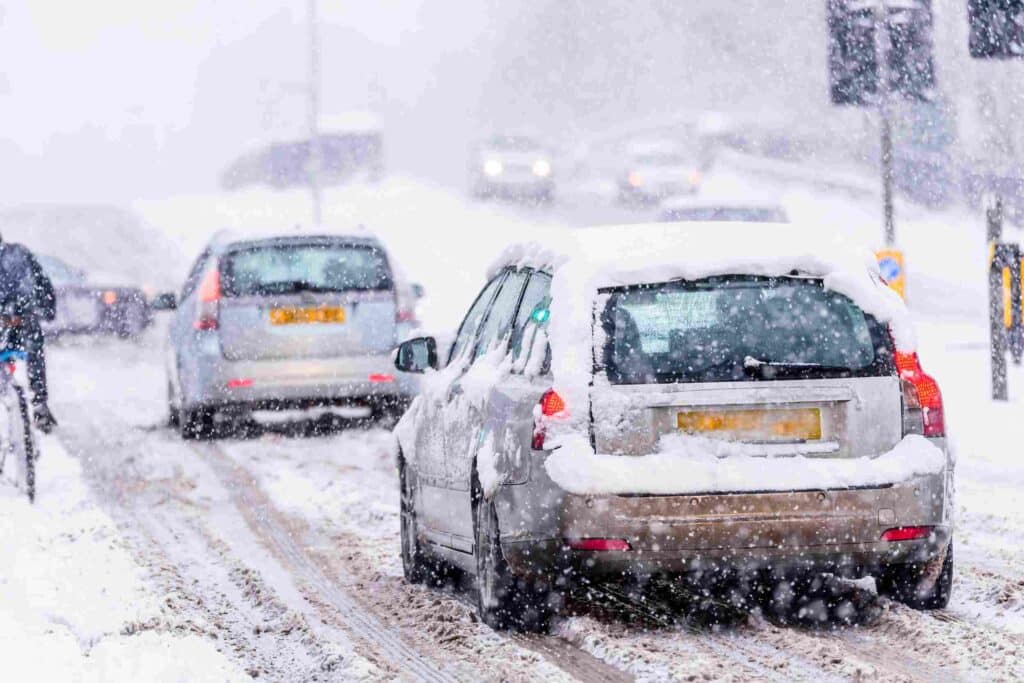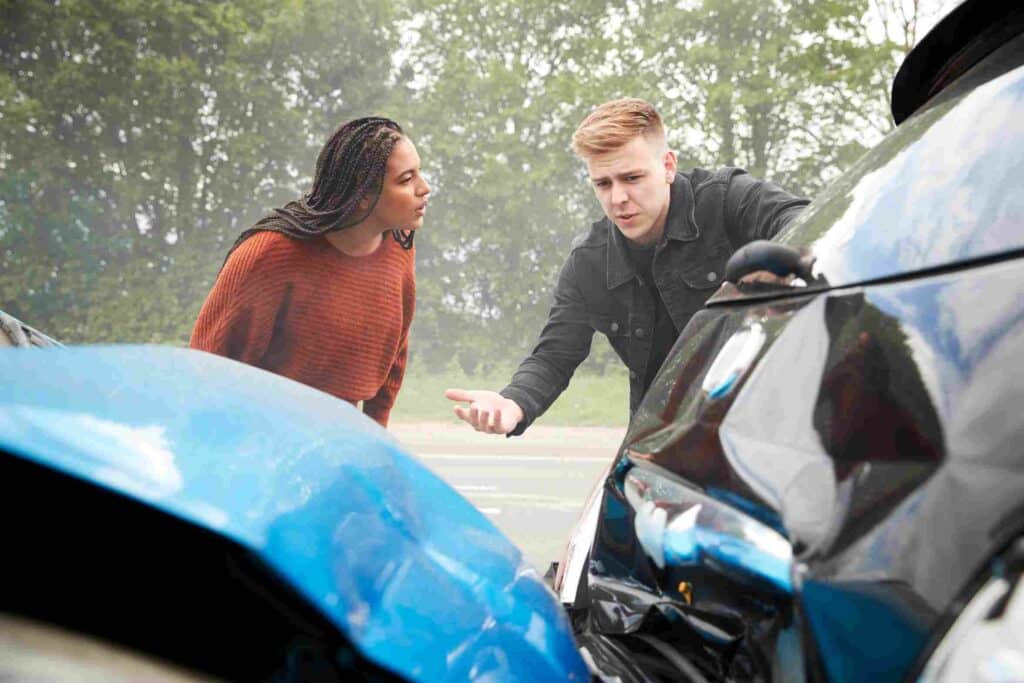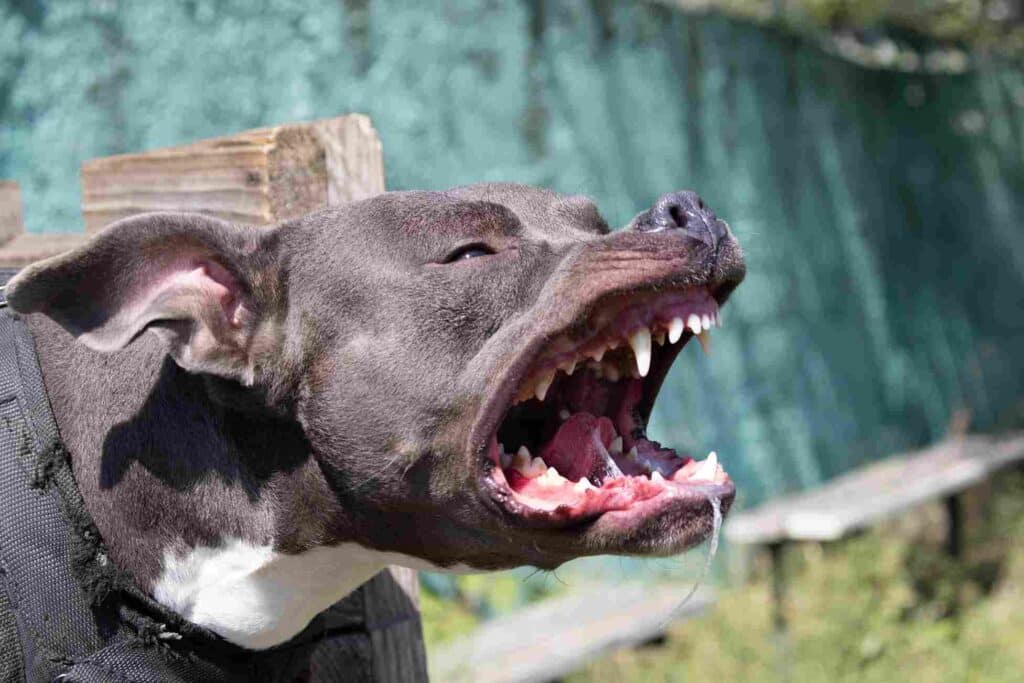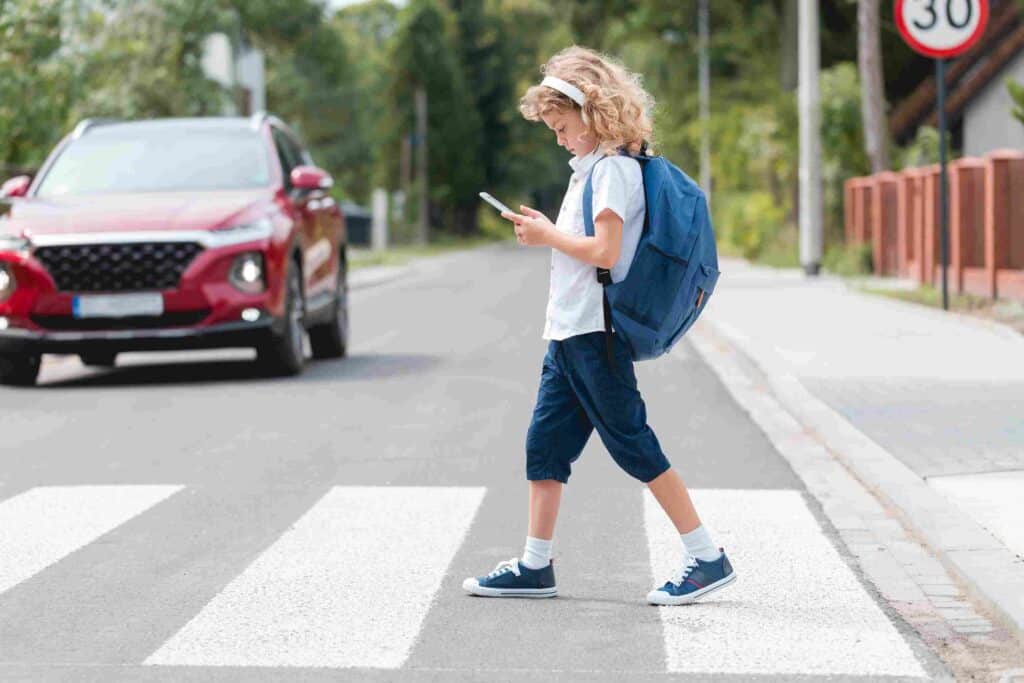Minnesota is known for its cold, snowy, and icy winters. As the days get shorter, and the temperatures drop, roads will begin getting colder, more frozen, and more dangerous.
Driving in winter weather conditions increases the risk of accidents and presents more dangers than what you encounter during warmer weather. There is good news, however – you can prepare now to stay safe this winter on the roads.
If you are involved in an accident this winter, we are here to help. At Nelson Personal Injury, LLC, we understand the devastating effects a winter weather accident can have. Our experienced auto accident lawyer can help you understand your rights and seek compensation for the injuries and damages you experience.
Below are some essential tips to help you navigate the winter roads safely.
Understand the Risks of Winter Driving
Winter weather can wreak havoc on roads. Snow and ice can lead to less traction, reduced visibility, and unpredictable road conditions. Before the first flake falls, understand that winter driving requires a different set of skills and a more proactive approach to safety.
Regular Vehicle Maintenance is Key
Preparation starts with ensuring your vehicle is in top shape. Regular maintenance checks should include the following:
- Battery Performance: Cold weather can sap battery power quickly. Have your battery tested and replaced if necessary.
- Tire Tread and Pressure: Good traction is critical in winter weather. Check your tire tread and keep tires properly inflated.
- Brakes: Brakes should be inspected to ensure they are working properly and can handle slick roads.
- Coolant and Antifreeze Levels: Proper levels are necessary to avoid engine freeze-ups.
- Wipers and Washer Fluid: Replace wiper blades and fill up on washer fluid designed for sub-zero temperatures.
Equip Your Vehicle for Winter Weather
Besides maintenance, equipping your vehicle with the right tools can make all the difference. Carry a winter driving kit that includes:
- Ice scraper and snow brush
- Jumper cables
- Flashlight and batteries
- Warm clothing and blankets
- Shovel
- Kitty litter or sand for traction if stuck
- First-aid kit
- Non-perishable snacks and water
Plan Your Route and Allow Extra Time
Before you leave the house, plan your route. Check the weather forecasts and road conditions. Allow extra time to reach your destination. Rushing on slick roads is a recipe for disaster. If the authorities are recommending you stay off the roads, stay home.
Drive According to the Conditions
When you’re on the road, adjust your driving to meet the conditions. If an accident occurs because someone was going too fast for conditions or taking other dangerous risks, it may be considered negligence. In this case, it may be possible to hold them accountable for your injuries and damages, even if they were not speeding.
Some tips to keep in mind during bad weather conditions include:
- Reduce Speed: Slowing down is one of the most effective ways to prevent accidents on icy or snow-covered roads.
- Increase Following Distance: Stopping on an icy or wet road takes longer. Give yourself plenty of space from the car in front of you so you do not cause a rear-end accident.
- Avoid Sudden Movements: Sudden turns, braking, or acceleration can cause you to lose control of your vehicle.
- Use Headlights: This increases visibility, not just for you but also for other drivers.
Know What to Do in a Skid
Snow, ice, slush, and rain can all lead to your car sliding or skidding. Taking the right action at this time is essential to help keep yourself and others safe.
If you find yourself skidding:
- Remain calm and avoid overcorrecting.
- Steer in the direction you want to go.
- Avoid slamming on the brakes, as this can make the skid worse.
Understanding how to handle a skid can prevent a spin-out and possibly an accident.
What to Do If You’re Stuck
Should you become stuck in the snow:
- Stay with your vehicle for safety and warmth.
- Call for assistance.
- Use your emergency flashers to alert other drivers.
- Clear the exhaust pipe to prevent carbon monoxide buildup.
- Rock your vehicle free, or use kitty litter or sand for traction.
If an Accident Happens
Even with the best preparations, accidents can happen. You can do everything right, but if other driver’s don’t, an accident can happen. If you’re involved in a collision:
Check for Injuries and Call for Medical Help if Necessary
Safety is the paramount concern following any auto accident. Before assessing property damage or exchanging details with the other party involved, it’s essential to conduct a quick assessment of all passengers in your vehicle for injuries.
If anyone is hurt, call 911 or emergency medical services immediately. Even if injuries seem minor, it is crucial to get medical attention, as some symptoms may not appear until hours after the collision.
Move to a Safe Area if You Can
If the accident is minor and there are no serious injuries, move vehicles out of traffic to a safe spot on the side of the road. If a vehicle cannot be moved, turn on the hazard lights to warn other drivers. It’s essential to prevent further accidents or injuries caused by the obstruction of traffic.
Exchange Information with the Other Driver
Once you are in a safe location, exchange pertinent information with the other driver involved in the accident. Be sure to obtain their full name, contact information, insurance company, policy number, driver’s license number, and license plate number. During this exchange, it’s essential to stay calm and courteous but avoid discussing fault or liability for the accident.
Document the Scene with Photos
Use a camera or a smartphone to take pictures of the accident scene from various angles, showing the damage to all vehicles involved, any skid marks on the road, the positions of the vehicles, traffic signs, and the overall road conditions. These photographs can provide critical evidence for insurance claims and legal considerations.
Contact the Authorities to File a Report
Even in minor collisions, a legal accident report can help facilitate the insurance claims process. Call the police at the accident scene so they can create this report. If the police cannot come to the scene, you can go to the nearest police station to file your report. Ensure you obtain a copy of the accident report for your records.
Reach Out to an Auto Accident Lawyer for Guidance
After addressing immediate health and safety concerns, consider contacting an auto accident lawyer, especially if the accident is complex or involves significant property damage or injury. An experienced lawyer can offer guidance on the claims process, help protect your rights, and ensure you receive fair compensation for damages and injuries sustained. They can also represent you in dealings with insurance companies and other lawyers if necessary.
Legal Assistance When You Need It
No one plans to be in an accident, but knowing who to call can ease the process. At Nelson Personal Injury, LLC, we understand the complexities of auto accidents, especially due to challenging winter weather conditions. We can help you navigate the legal process with professionalism and care.
Winter weather in Minnesota can be beautiful but also hazardous. By taking the time to prepare now, you can significantly reduce your risk of accidents. Remember, safe driving in winter doesn’t just happen. It requires preparation, patience, and the right skills.
Should you ever need assistance or advice after an auto accident, Nelson Personal Injury, LLC is here to provide support. Drive safely, and let’s look out for one another this winter season.




